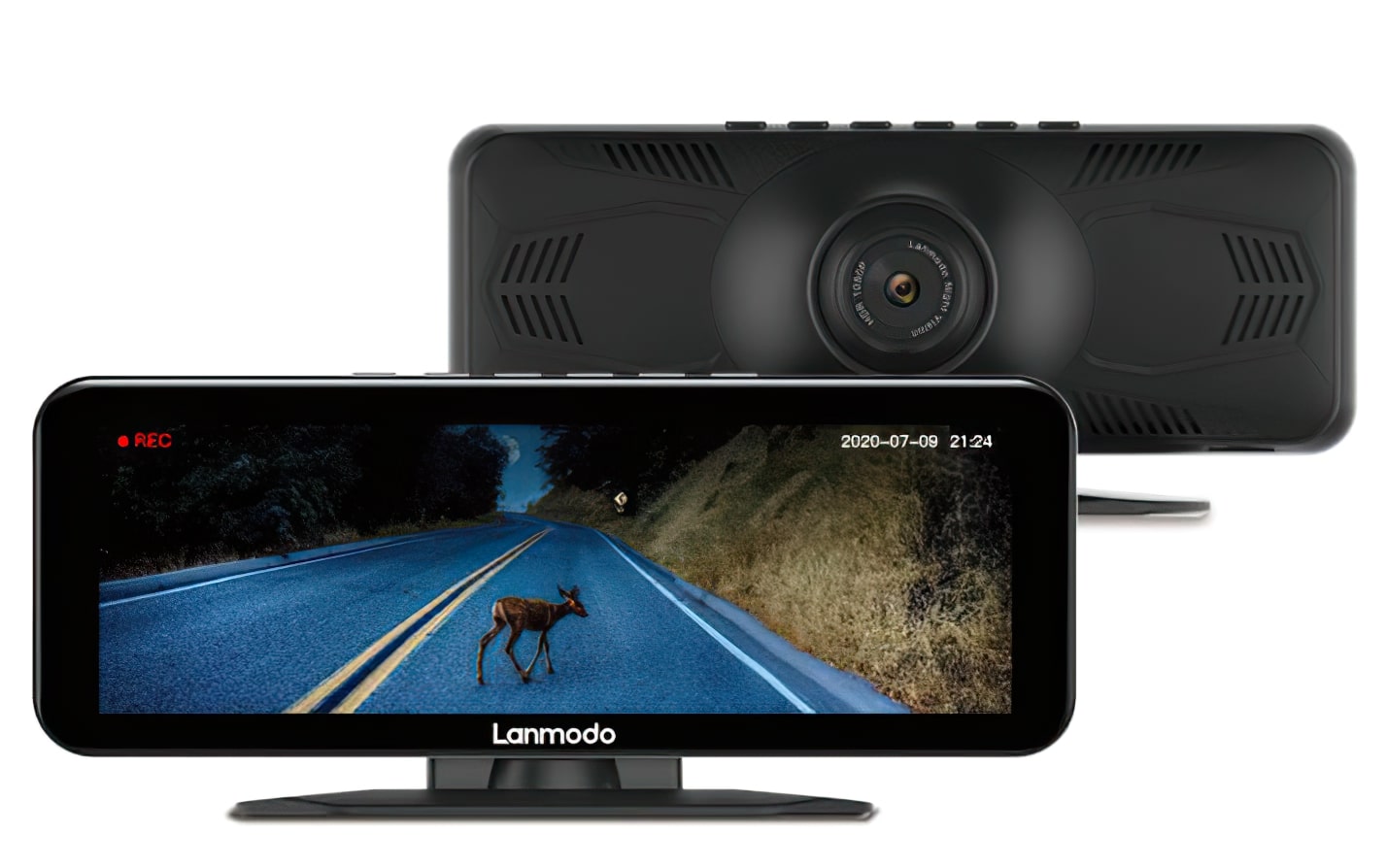
If you’ve been eager about upgrading to a 4K gaming monitor lately, then the excellent news is that you simply needn’t spend upwards of £2500 / $2500 on one thing just like the Asus ROG Swift PG27UQ or Acer Predator X27 to get one which’s midway respectable. Indeed, you’ll be able to fortunately shave off a type of zeroes and get the sensible worth for cash BenQ EL2870U, and even the AOC U2879VF for lower than 300 quid. AOC’s Agon G2868PQU is one other such price range 4K monitor, however this time you’re paying just under £400 at time of writing (US pricing TBC). Is it price spending the additional money over the BenQ and its cheaper AOC sibling? Here’s wot I feel.
On paper, the G2868PQU doesn’t get off to one of the best begin in terms of worming its method into our best gaming monitor rankings. Cast a watch over the its specs, for instance, and also you’ll discover they’re eerily much like these of AOC’s U2879VF. 4K decision? Check. 60Hz refresh fee? Check. AMD FreeSync assist? Check. TN panel? Check and test. The important distinction right here is that the G2868PQU is described as ‘HDR ready’, though at no level does AOC say on their web site what that really means.
It’s actually not HDR-ready within the outdated brightness division, as I solely ever measured an absolute most of 320cd/m2. That’s nonetheless greater than sufficient for on a regular basis use, thoughts, however even VESA’s lowest industry-wide DisplayHDR certificates requires a peak brightness of at the least 400cd/m2.
The G2868PQU’s 28in TN panel additionally doesn’t hit VESA’s DisplayHDR 400 color gamut normal, both. AOC would possibly say it could hit 102% of the usual sRGB color gamut on their specs sheet, however I solely ever measured a excessive of 93.5% sRGB protection, which as soon as once more falls wanting VESA’s requirement of at the least 95% protection.
The solely factor that basically factors to it being an HDR show is that HDR-compatible games corresponding to Assassin’s Creed Odyssey recognise it as such. I wouldn’t advocate it, although, as Assassin’s Creed Odyssey regarded completely horrible after I switched on HDR, with colors showing horribly drained and washed out all through.
Thankfully, this isn’t the one factor that supposedly units the G2868PQU other than its U2879VF sibling. Whereas the U2879VF has a set stand and solely a small number of ports, the G2868PQU has a height-adjustable stand and a a lot wider number of ports, together with the very welcome addition of a four-port USB 3.1 hub. This might be a big a part of why the G2868PQU is one other £100 over the U2879VF, as their total color accuracy (HDR nonsense apart) is essentially an identical.
Straight out of the field, for instance, my X-Rite i1 DisplayPro calibrator confirmed the G2868PQU was displaying 91.9% of the sRGB color gamut on its Standard Eco setting and Warm color temperature profile, which is just barely up from the U2879VFs’s 88% with the identical settings.
I used to be in a position to bump it up a bit greater, too, by switching over to the monitor’s User color temperature setting. I received the aforementioned 93.5% determine by tweaking its RGB values barely and dropping the G2868PQU’s Shadow Control setting all the way down to 40 (which artificially brightens the display to supposedly give players the sting in FPS games), however that additionally gave me a really low distinction ratio of simply 573:1 and a most brightness of simply 188cd/m2.
Instead, I’d advocate leaving the Shadow Control on its default of 50, as whereas this solely produced an sRGB protection of 92.2%, you’ll get a significantly better distinction ratio of 850:1 and a better peak brightness of 285cd/m2. Admittedly, 0.3% is a fairly piddly enchancment within the grand scheme of issues, however that’s nonetheless a fairly respectable outcome in comparison with your typical TN display. These usually have the worst color accuracy out of all of the totally different panel sorts, so to get something over 90% for an sRGB rating is all the time a welcome shock.
It’s nonetheless not wonderful, although, and I do fear in regards to the uniformity of the G2868PQU’s backlight as nicely, as even whereas I used to be typing up this overview in Google Docs there appeared to be components of the display that have been brighter than others. It wasn’t that apparent whereas taking part in games, admittedly, however for normal desktop duties it was actually fairly noticeable even after I was trying on the monitor straight on. It might have simply been a results of the monitor’s moderately slim viewing angles, in fact (which is one other factor TN panels typically aren’t superb at), nevertheless it was a relentless niggle however.
That stated, I used to be impressed by how nicely its AMD FreeSync assist coped with being became an Nvidia G-Sync monitor for a bit. As you could recall, Nvidia released a display driver not that way back that successfully offers all AMD FreeSync displays a little bit of that outdated G-Sync magic so Nvidia graphics card house owners can nonetheless benefit from the monitor’s variable refresh fee. Only the perfect FreeSync displays have managed to earn themselves Nvidia’s official G-Sync Compatible badge, however AOC’s Agon G2868PQU nonetheless does a fairly good job with it. I didn’t see any blinking or pulsing or different bizarre defects that may typically occur when G-Sync is enabled on a FreeSync monitor, and for essentially the most half every thing regarded beautiful and easy, similar to you’d count on (albeit solely within the area of 40-60fps, as that’s the monitor’s unique FreeSync vary).
There’s additionally a low blue mild mode for when your eyes get drained, and a Game Colour mode for punching up the colors a bit. Just don’t attempt choosing one of many G2868PQU’s six gaming profiles (FPS, RTS, Racing and three ever so barely extra customisable Gamer modes), as not solely do all of those have horrible picture high quality, however in addition they lock off numerous the opposite onboard menu settings.
The actual downside is the actual fact the BenQ EL2870U nonetheless exists, as this monitor’s TN panel is simply as correct because the G2868PQU, and it does correct HDR (albeit nonetheless in a considerably restricted capability) that you simply don’t instantly need to flip straight again off once more. It additionally doesn’t have any of the G2868PQU’s worrying uniformity or viewing angle issues, however equally it additionally doesn’t have a height-adjustable stand or a very huge number of ports.
That could be sufficient to sway it within the G2868PQU’s favour for some individuals on the market, however in fact it nonetheless appears like a little bit of a compromise. If you’re actually set on that height-adjustable stand and higher variety of ports, then you definately’d most likely be significantly better off spending a bit extra on one thing just like the £520 / $433 Dell U2718Q than accept the AOC. At simply over £100 greater than the G2868PQU, that is the common 4K monitor I take advantage of for work and its height-adjustable IPS display has a lot deeper, richer colors than the G2868PQU, plus it’s received a lot smaller, extra elegant bezels as nicely. It’s a significantly better funding than the AOC in my books, and a way more worthy improve over the BenQ EL2870U, too. The latter remains to be an amazing purchase for these on a price range and don’t thoughts the truth that it has a set stand, but when it’s a height-adjustable 4K monitor you’re after, do your self a favour and save up for the Dell as an alternative.






